


Blink blink !
Its almost here


Evolution of the Hyundai Verna in India: what changes with every generation?
- 1The Hyundai Verna is an extremely popular mid-size sedan
- 2The Verna offers a sporty driving experience, and well equipped interior
- 3Hyundai continues to offer multiple variants and engine combinations with the Verna
The Hyundai Verna is one of the most popular sedans and an aspiration for many in India. Although it arrived as the Accent in 1999, it was first launched as the Hyundai Verna in India in 2006. Since then, four generations and three facelifts of the Hyundai Verna have been offered, each bringing comprehensive styling, equipment and engine updates, and choices of transmissions, to keep it fresh and relevant. The Hyundai Verna brings modern styling and a premium experience matching more expensive sedans. It is a stylish car with great performance, a good ride quality, and offers a high level of comfort and space. We highlight all four generations of the Hyundai Verna since it was introduced in 2006.
First Generation Hyundai Verna 2006-2011: The Beginning

In 2006, Hyundai rebranded its mid-size sedan, from the Accent to the Verna. The new sedan offered a unique style and a traditional three-box sedan silhouette. The 4.3-metre long sedan was offered with a 1.6-litre petrol engine and a 1.5-litre diesel engine, using a 5-speed manual transmission as standard. When launched, the Hyundai Verna was available in the ₹ 6.5-7.5 lakh bracket.
The facelifted Hyundai Verna Transform in 2010 saw a new grille and fascia with revised fog-lamp housings in the lower air-dam, as well as new alloy wheels.
First-Gen Hyundai Verna Engines:
- 1.6-litre four-cylinder petrol, 103 bhp, 147 Nm
- 1.5-litre four-cylinder turbo-diesel, 109 bhp, 235 Nm
Second Generation Hyundai Verna Fluidic 2011-2017: Key Changes

The second generation Verna arrived in 2011 and was a handsome car. It wore smooth lines and featured distinct lights and styling elements, being branded as the “Fluidic” Verna. It had grown 55 mm longer, offering more engine choices than ever, with a choice of petrol and diesel engines. Entry models received a 1.4-litre engine and the higher variants used a more powerful 1.6-litre engine, for both petrol and diesel. The interior was revamped to feel more plush and premium. It also offered more modern features and equipment such as keyless entry and go, and a rear camera.
The facelift Hyundai Verna was launched in 2015 and was called the “4S”. It featured both styling and mechanical updates. These included a new grille with flowing stripes across, as well as a three-point seatbelt for the middle rear seat. It was well received as it was a timely update from Hyundai in the face of growing competition.
Second-Gen Hyundai Verna Engines:
- 1.4-litre four-cylinder petrol, 106 bhp, 136 Nm
- 1.6-litre four-cylinder petrol, 123 bhp, 156 Nm
- 1.4-litre four-cylinder turbo-diesel, 89 bhp, 220 Nm
- 1.6-litre four-cylinder turbo-diesel, 127 bhp, 260 Nm
Third Generation Hyundai Verna 2018-2023: Key Changes

A significant refresh and a distinct persona came as a result of the third generation Hyundai Verna in 2018. Offered in petrol and diesel engine options, priced between ₹ 8 lakh to ₹ 12.6 lakh, it fuelled demand driven by the popularity of the Fluidic Verna and brought even more to the table. The grille was now larger and lined with chrome and much larger headlight and tail-light clusters were used. The latter brought in a distinct 3-level light signature and flowed into the boot-lid. Though it grew another 70 mm longer, the roof line was more swooped and coup֖é-like. The interior felt premium with a 7-inch touchscreen, smartphone connectivity and an electric sunroof. The third-gen Verna offered easy controls and plenty of storage spaces. The boot volume was 480 litres making it plenty for all uses.
The 2020 facelift introduced many new features and new engines ahead of BS6 implementation. The Verna 2020 model saw a bolder face with a larger, uninterrupted hexagonal grille and new alloy wheels. The focus was on the driver and it showed, with a noticeable lack of rear knee room. Hyundai introduced the new Smartstream 1.5-litre engine along with a Verna Turbo, powered by a 1.0-litre turbo-petrol and DCT variant. The third-generation Hyundai Verna is still great value for money, and holds good resale value today.
Third-Gen Hyundai Verna Engines:
- 1.4-litre four-cylinder petrol, 100 bhp, 132 Nm
- 1.6-litre four-cylinder petrol, 123 bhp, 156 Nm
- 1.5-litre four-cylinder petrol, 114 bhp, 144 Nm
- 1.0-litre three-cylinder turbo-petrol, 119 bhp, 172 Nm
- 1.4-litre four-cylinder turbo-diesel, 89 bhp, 220 Nm
- 1.6-litre four-cylinder turbo-diesel, 127 bhp, 260 Nm
- 1.5-litre four-cylinder turbo-diesel, 114 bhp, 250 Nm
Fourth Generation Hyundai Verna 2023-Present: Key Changes

The current generation Hyundai Verna arrived in 2023 and features space-age styling. Notable changes include the LED headlights with a lightbar across the front connecting the two light clusters. The LED tail-light clusters are equally stunning to look at and also feature a connected strip of light. This Hyundai Verna measures 4,535 mm long and has a wheelbase measuring 2,670 mm making it a larger sedan against the previous gen model. It brought in a spacious cabin with many modern conveniences available on luxury models including advanced features such as ADAS. Technologies include smart cruise control with stop and go, autonomous braking , rear cross traffic alert, reverse camera, as well as a Bose premium surround system, ventilated front seats, and a powered sunroof. Furthermore, the 2023 Verna dropped the diesel option altogether. Hyundai introduced a more powerful turbo GDI petrol engine with 158 bhp and 253 Nm, as well as a 7-speed automatic dual-clutch transmission (DCT). The 1.5-litre petrol engine with 114 bhp is offered with a 6-speed manual or CVT automatic.
Fourth-Gen Hyundai Verna Engines:
- 1.5-litre four-cylinder petrol, 114 bhp, 144 Nm
- 1.5-litre four-cylinder direct-injection turbo-petrol, 158 bhp, 253 Nm
Comparing Old vs New Hyundai Verna
The third-generation Hyundai Verna was a sedan which saw high demand due to the large number of variants and engine choices. It also offered a long list of features making it great value for money. Here are some major differences between the old third-gen Hyundai Verna and the new fourth-gen Verna.
| Feature | Old Hyundai Verna 2018 | New Hyundai Verna 2023 |
| Size (L x W x H mm) | 4440 x 1729 x 1475 | 4535 x 1765 x 1475 |
| Wheelbase | 2600 | 2670 |
| Engine | 1.4-/1.6-litre, four-cylinder petrol 1.0-litre, three-cylinder turbo-petrol 1.4/1.6-litre, four-cylinder turbo-diesel | 1.5-litre, four-cylinder petrol/ direct-injection turbo-petrol |
| Max Power | 100/123 bhp (petrol) / 118 bhp (turbo-petrol) / 89/127 bhp (diesel) | 114 bhp / 148 bhp (turbo) |
| Max Torque | 132/156 Nm (petrol) / 172 Nm (turbo-petrol) / 220/260 Nm (diesel) | 144 Nm / 253 Nm (turbo) |
| Transmission | 6-speed manual or automatic / 7-speed DCT automatic (turbo-petrol) | 6-speed manual or CVT (1.5)/7-speed DCT automatic (turbo) |
| Boot Volume | 480 litres | 528 litres |
Conclusion
The Hyundai Verna is a brand name that has been in India for nearly 20 years. It is an aspiration for many, thanks to its extensive list of equipment which rivals some luxury sedans. Over four generations, it has raised the bar each time, delivering one’s money’s worth. It has always been a practical and versatile mid-size sedan which can be used every day. The Hyundai Verna is an easy choice for many car buyers looking for an upgrade from a smaller car. The Hyundai Verna’s extensive list of engine and transmission choices, especially in the second hand car market, makes it a prominent name in India.
Frequently Asked Questions
Expand all

Blink blink !
Its almost here



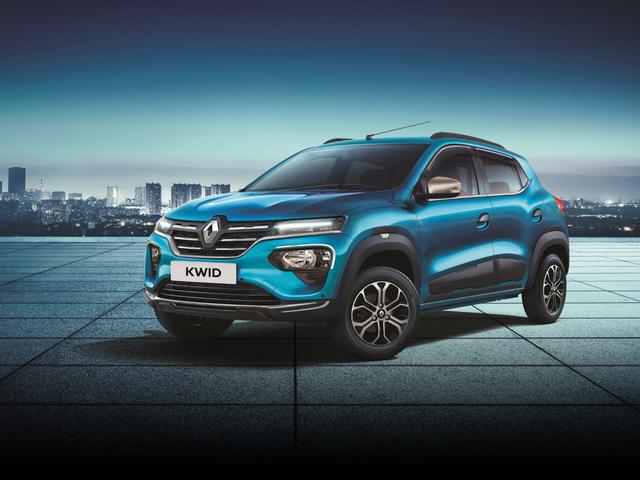





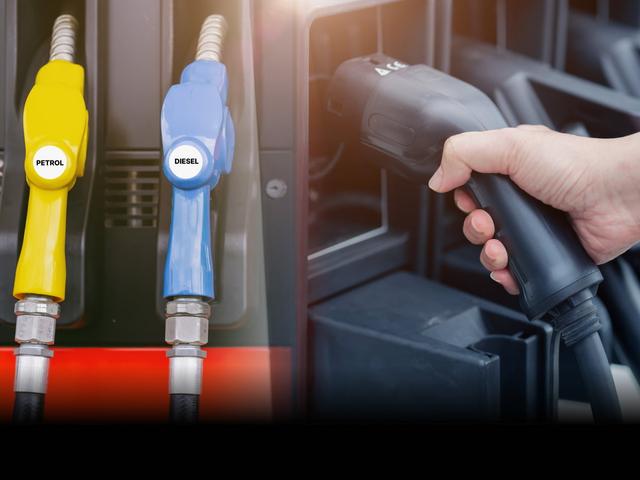

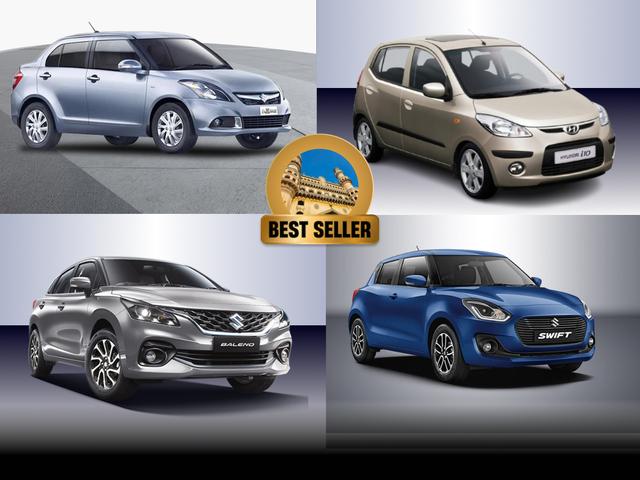

.jpg&w=640&q=75)

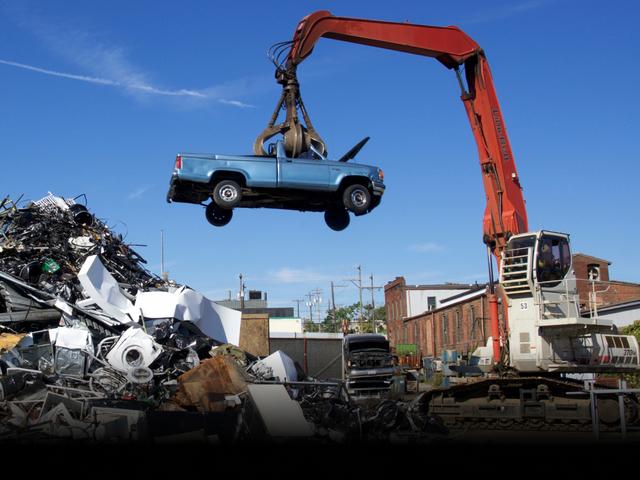

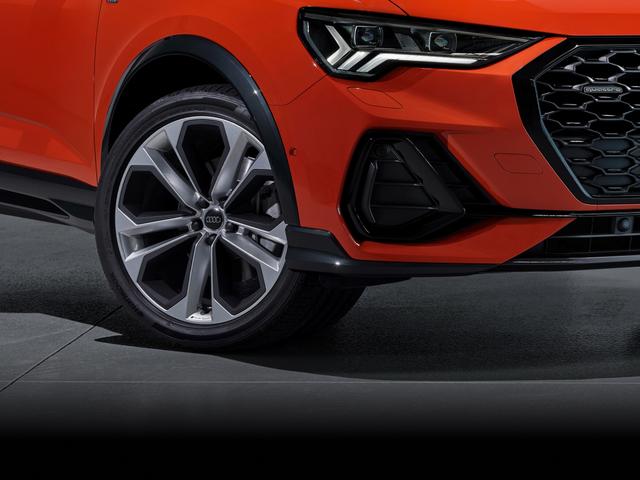





Blink blink !
Its almost here



.jpg&w=828&q=75)

-(1).jpg&w=828&q=75)

.jpg&w=828&q=75)
.jpg&w=828&q=75)
.jpg&w=828&q=75)
